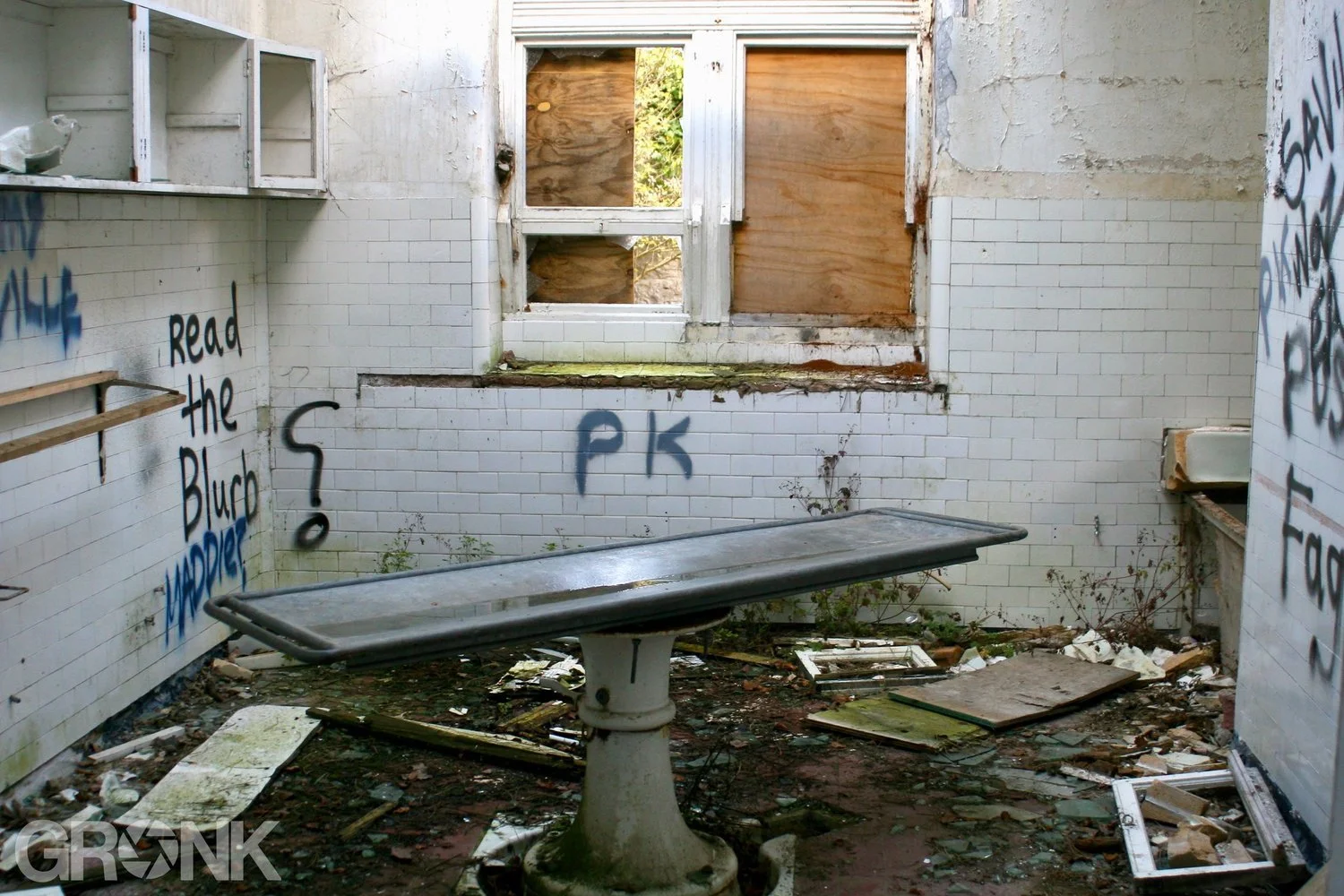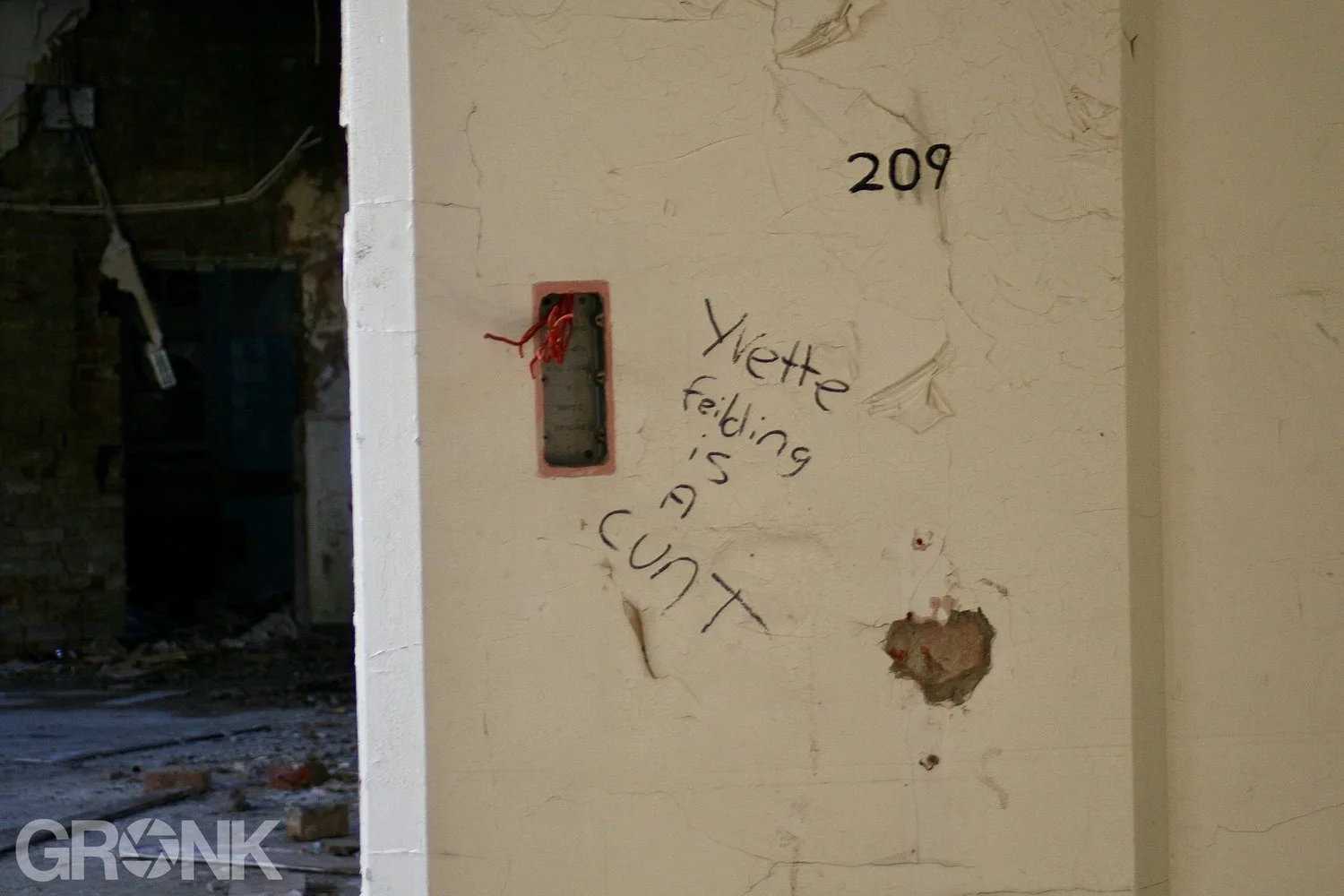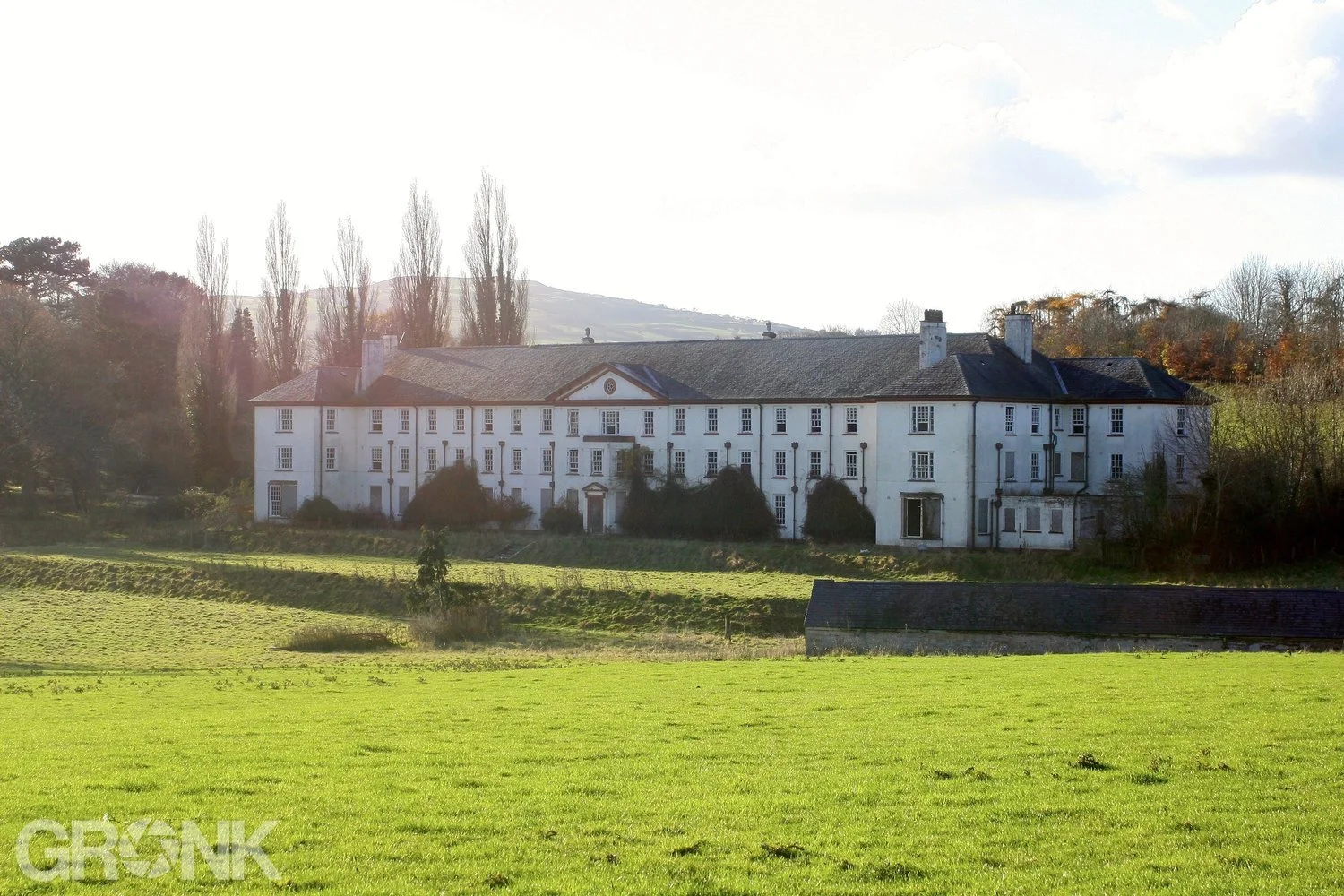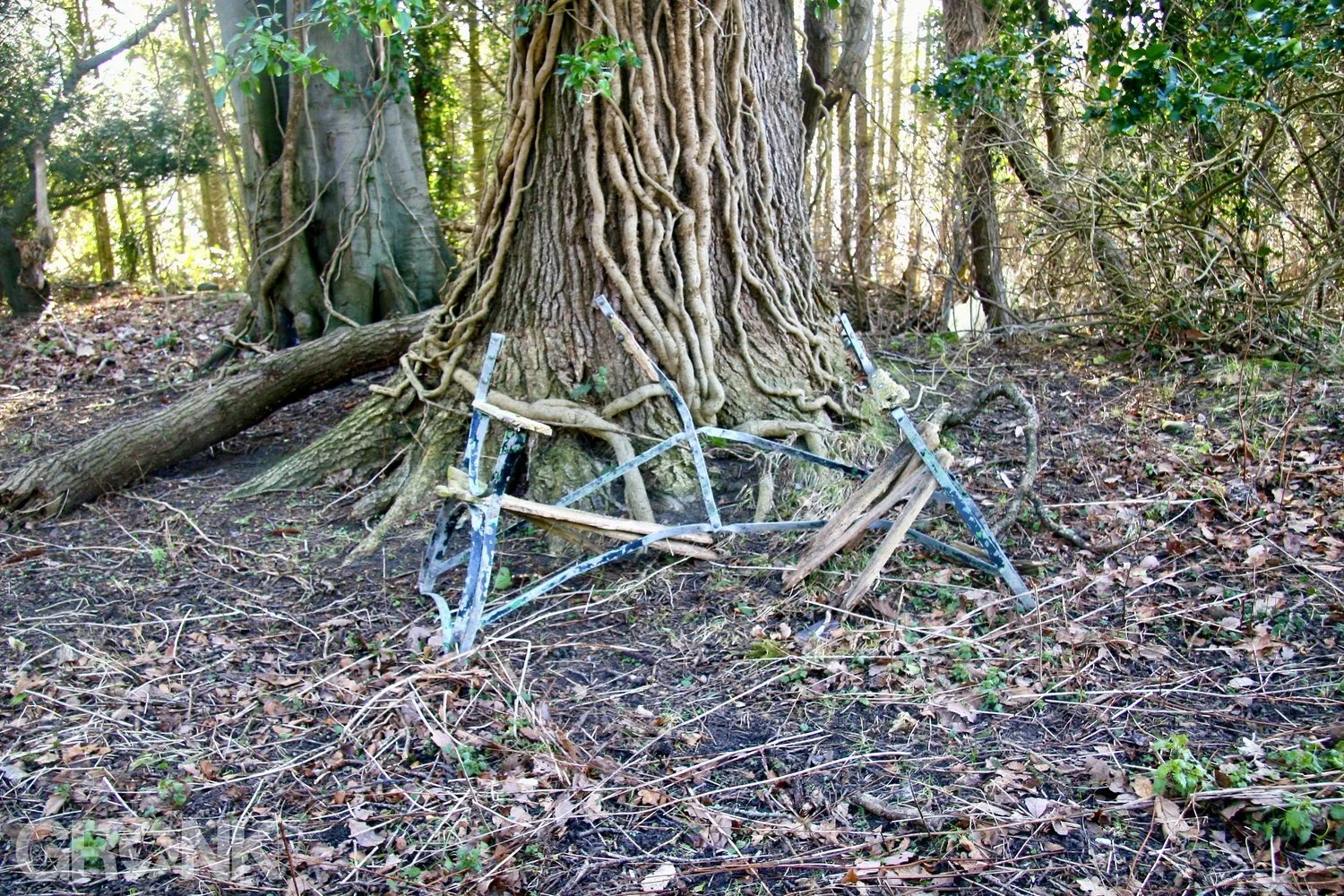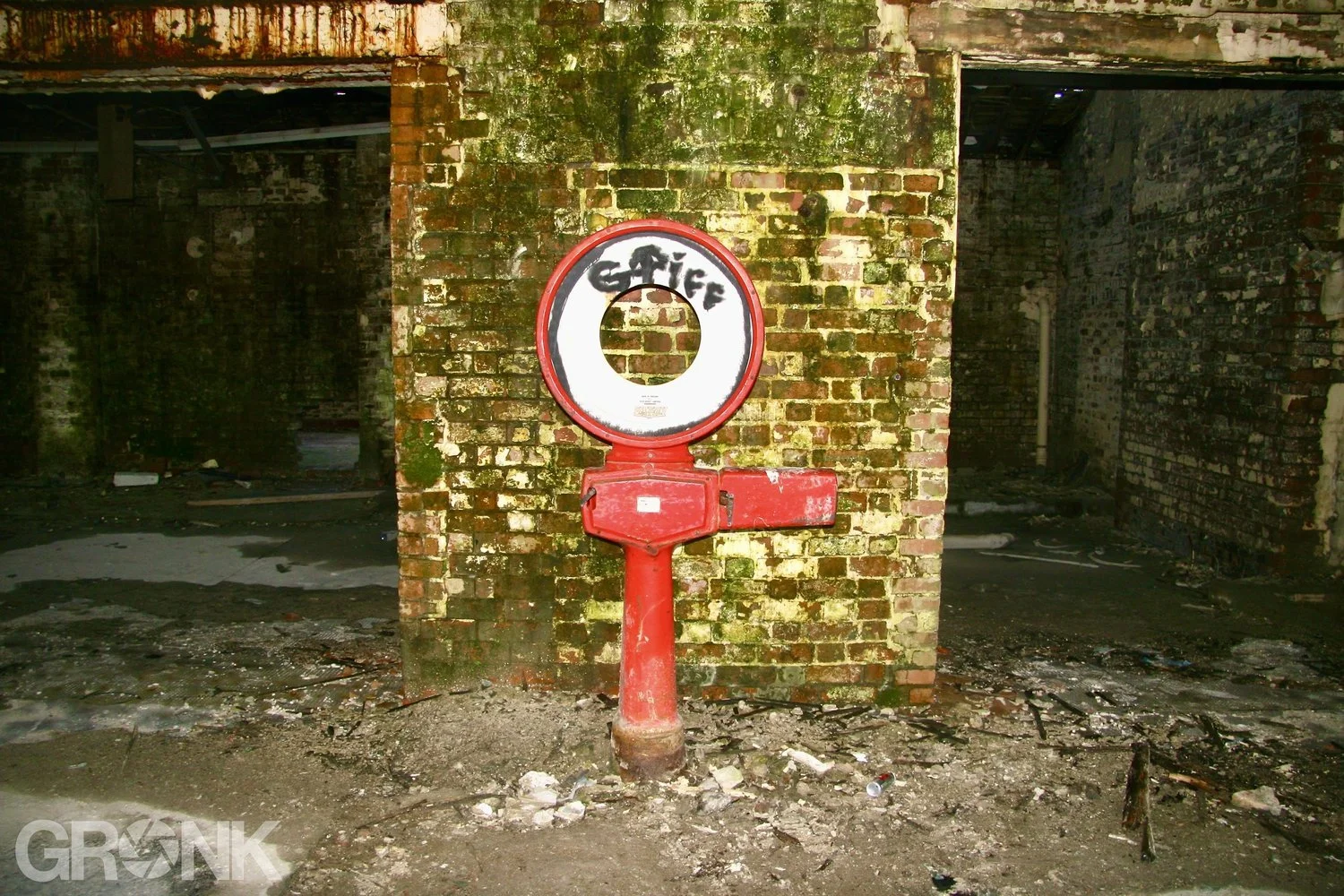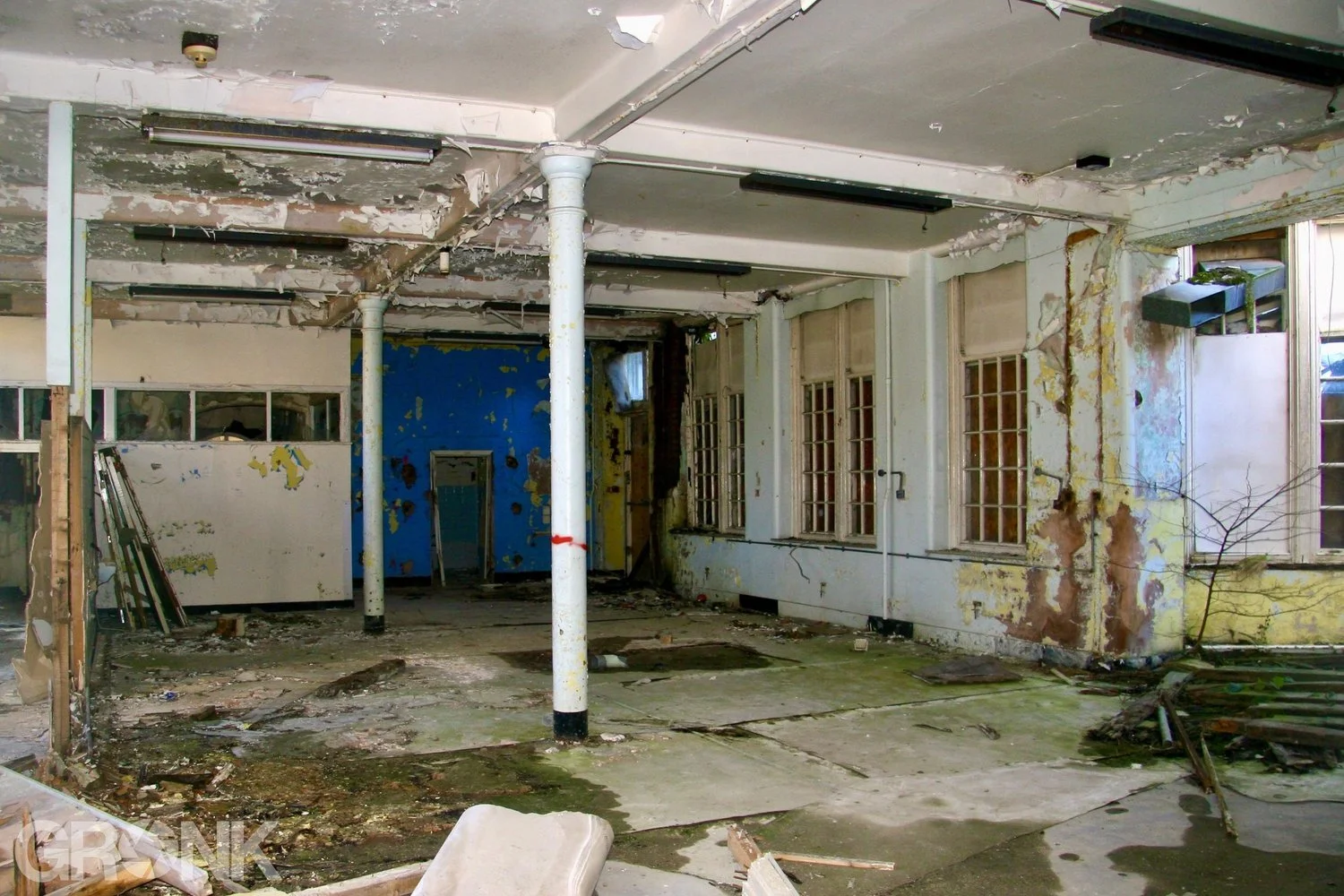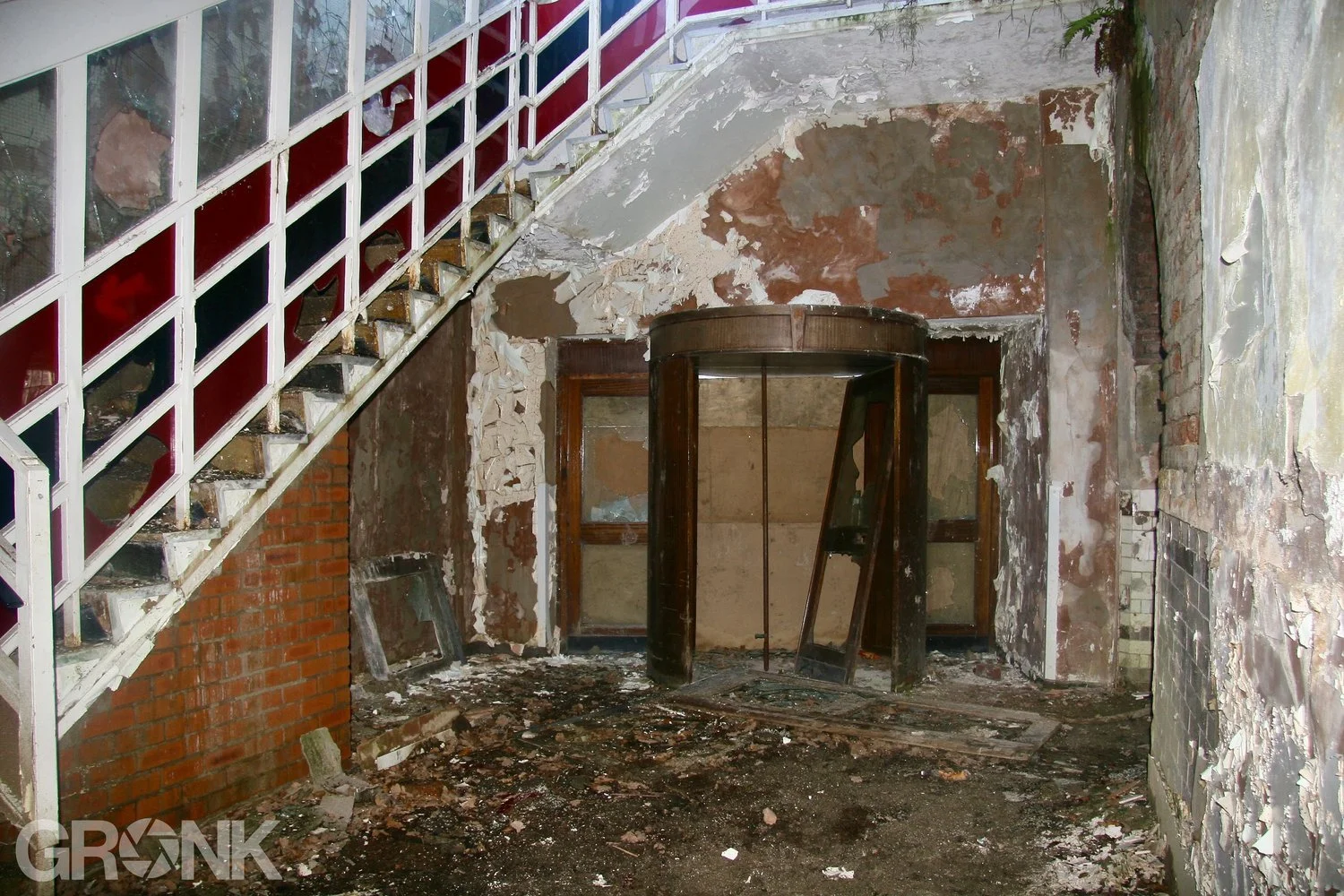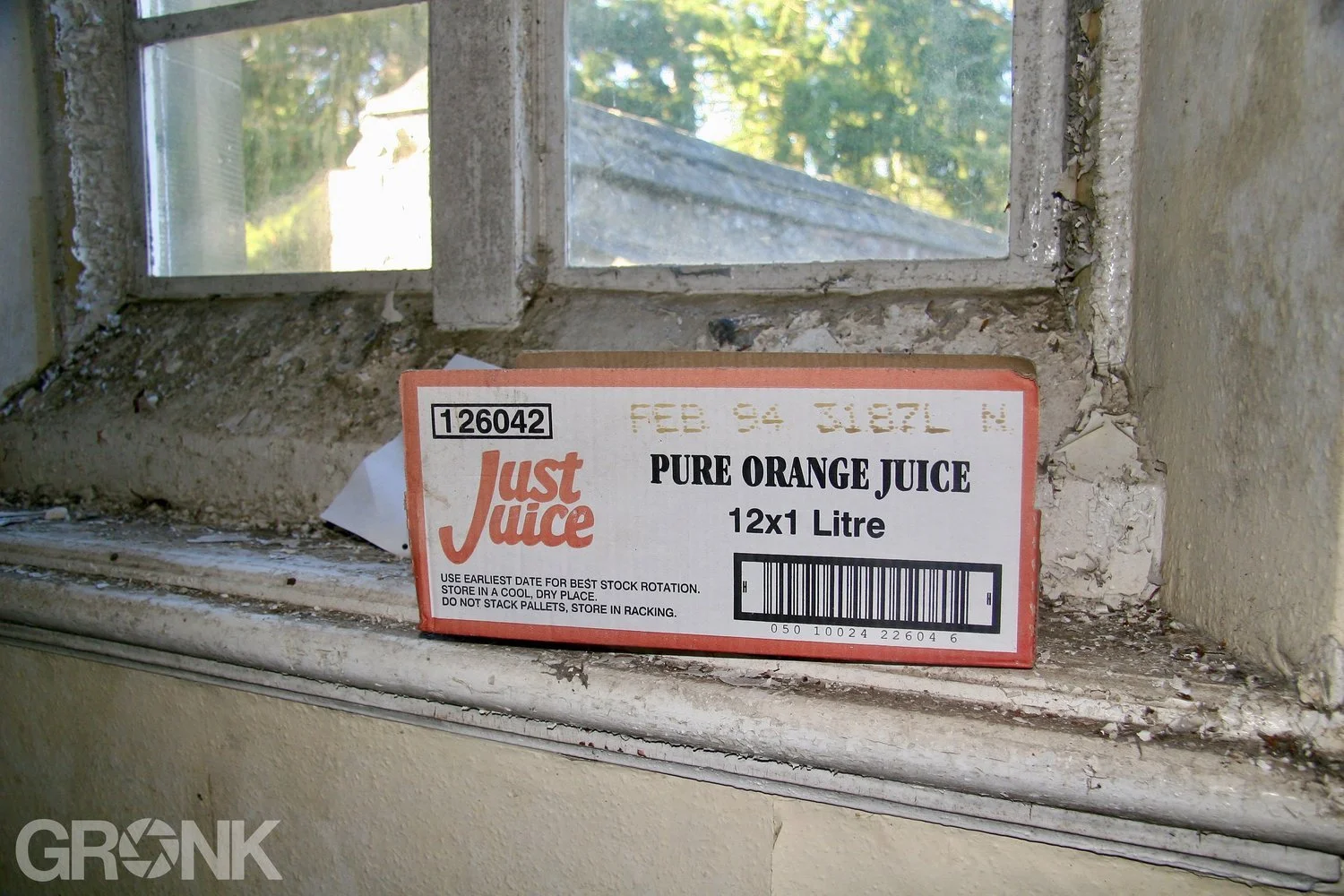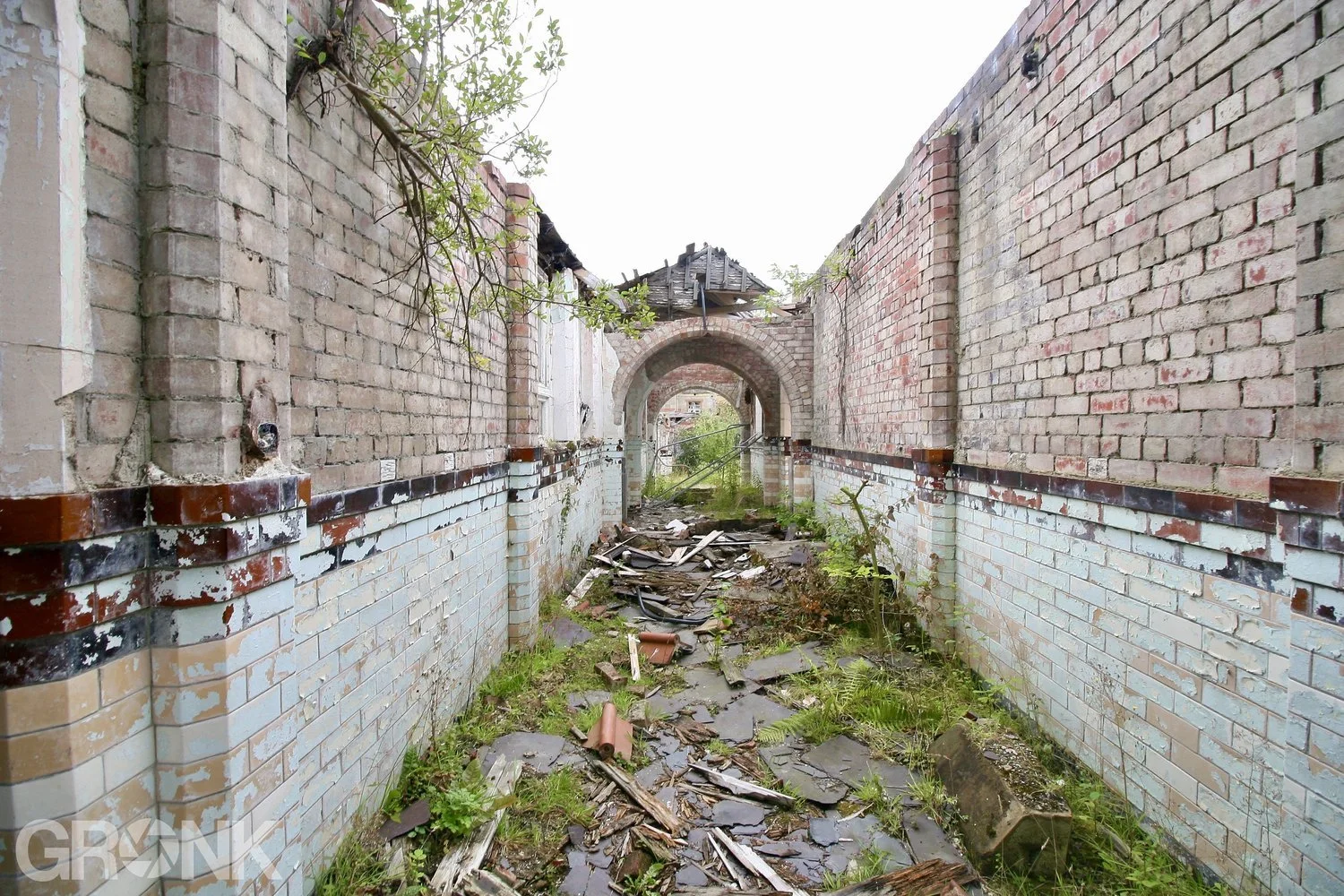North Wales Hospital
The North Wales Hospital, originally known as the Denbigh Asylum, was established in response to growing concern in the early 19th century about the treatment of Welsh-speaking psychiatric patients, many of whom were being sent to English institutions where language barriers worsened their isolation. Spearheaded by Dr Samuel Hitch and supported by local philanthropists, the asylum was designed by architect Thomas Fulljames and constructed between 1844 and 1848. Built from local limestone in a striking Neo-Elizabethan style, it opened in November 1848 with room for around 200 patients.
In the decades that followed, the hospital expanded significantly. By the early 20th century, it housed up to 1,500 patients and included numerous additions such as a Gothic chapel, nurses' quarters, isolation facilities, workshops, and even a working farm. It functioned as a largely self-sufficient community and was the principal mental health facility for North Wales for much of its existence.
Renamed the North Wales Counties Mental Hospital in 1930, it entered a new era of treatment and reform. The hospital began offering occupational therapy, introduced electroconvulsive therapy (ECT), and performed controversial procedures such as lobotomies. In 1948, it was absorbed into the newly formed National Health Service (NHS), becoming part of the UK’s broader shift toward modernized mental healthcare.
Despite its early innovations, the mid-to-late 20th century saw changing attitudes toward institutional mental health care. The 1960s brought government policies aimed at deinstitutionalisation, and the 1980s saw a definitive move toward ‘Care in the Community’. The hospital entered a long period of decline, with patient numbers falling and many wards closing. The final patients left in 1995, marking the end of 147 years of service.
Following closure, the site quickly fell into disrepair. It became a target for vandals, arsonists, and urban explorers, with several fires causing extensive damage. Despite being Grade II* listed, redevelopment attempts repeatedly stalled for nearly two decades. In 2013, Denbighshire County Council began proceedings to compulsorily purchase the site, which was finalised by 2018.
In recent years, a major regeneration project has been announced. Backed by Denbighshire Council and developers like Jones Bros, the plan involves restoring the historic façade, converting the main building into apartments, and constructing around 300 new homes on the surrounding land. The £100+ million project also aims to create community spaces, jobs, and training opportunities, with a projected completion timeline extending into the 2030s.
